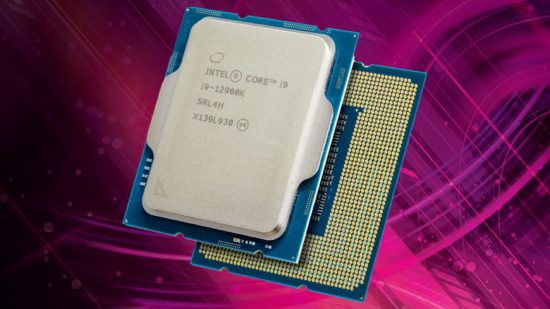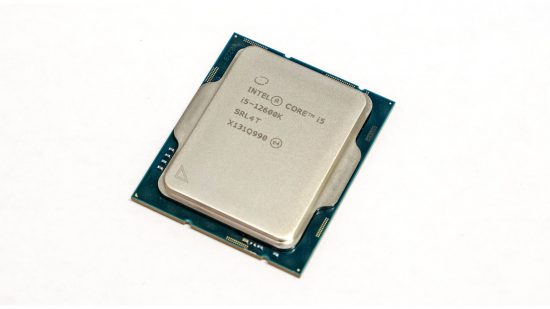Intel’s 12th-gen Core CPUs, codenamed Alder Lake, have dominated the pages of Custom PC for the past three issues. This shouldn’t come as a surprise really, as the CPUs received such positive reviews. Their combination of brutal multi-threaded power, along with strong single-threaded and gaming performance, makes them a top upgrade at the moment.
There’s going to be more Alder Lake gear coming too, with more CPUs and additional motherboard chipsets. It wouldn’t normally be worth pontificating about Intel fleshing out the rest of its CPU range.
After all, we’re already well aware of how the new hybrid architecture performs, how much power the chips draw and how much they cost. And while none of these fundamental elements has changed in the second wave of Alder Lake processors, there’s one significant change that has me scratching my head.
I’ll start with the good. After the first wave of six premium K-series 12th-gen CPUs, Intel has launched 13 new value-focused S-series chips. The second wave comprises enthusiast Core i9, high-end Core i7, mid-range Core i5 and entry-level Core i3 12th-gen CPUs, plus some entry-level Pentium and Celeron CPUs as well. While there’s not much to excite us about the latter, it’s good to see Intel using its latest architecture throughout the whole stack.
The two new Core i9 S-series CPUs, the 12900 and 12900F, make perfect sense, having the same configuration of eight P-Cores and eight E-Cores as the Core i9 K-series chips – they just run at a lower clock speed and cost a fair bit less money. The two new Core i7s S-series CPUs – the 12700 and 1200F – follow the same pattern, mirroring the configuration of eight P-Cores and four E-Cores as the Core i7 K-series models, once again running at a slower frequency and costing less money.
However, when it comes to the Core i5 range, the S-series models are very different beasts from the K-series chips. Whereas the Core i5-12600K has six P-Cores and four E-Cores, the new Core i5 CPUs – the 12600, 12500, 12400 and 12400F – don’t have any E-Cores. While this change doesn’t make an appreciable difference to gaming performance, the extra, power-efficient E-Cores make a massive difference to performance when multitasking or in multi-threaded content creation.
I’m therefore not convinced that it’s fair to brand them as Core i5 chips when there are two other CPUs from the same family that offer substantially more performance. The S-series models are of course a fair bit cheaper than the K-series ones, but nowhere else in the range is that pattern of different core configurations within a family repeated. It’s unique, and uniquely baffling, to the Core i5 range.
Now, I realise that this decision is largely down to manufacturing, as it’s cheaper and easier to build a CPU without any E-Cores, plus there’s a fair number of Alder Lake dies that have faulty E-Cores and selling them as Core i5 S-series chips is a good way to use them up. However, that doesn’t excuse the poor, damn right misleading branding of these processors.
I realise that little old me typing away at the back of Custom PC isn’t enough to make Intel change its mind, but even so, I reckon calling these new chips ‘Core i4’, or at least resurrecting the old SX moniker (calling them Core i5 SX CPUs) would make more sense than branding them as fully fledged Core i5s. Who’s with me?

